 |
 |
 |
 |
 |
 |
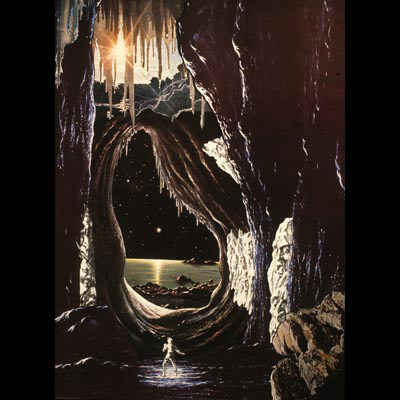
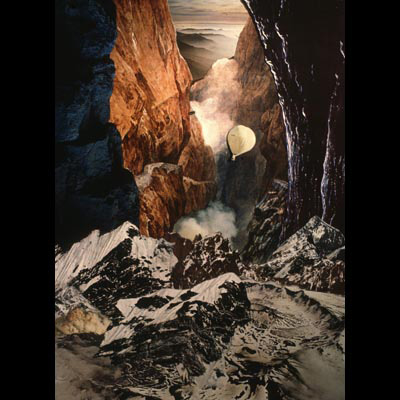
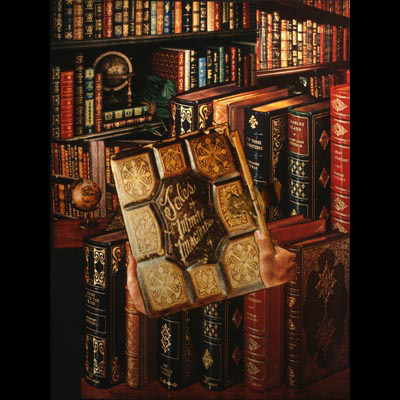
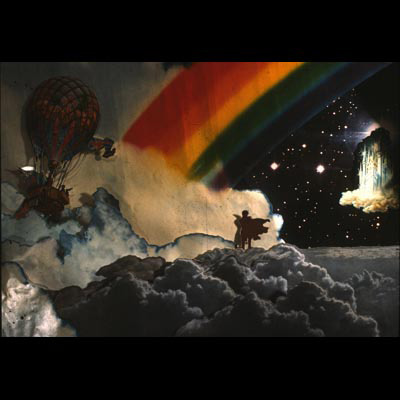
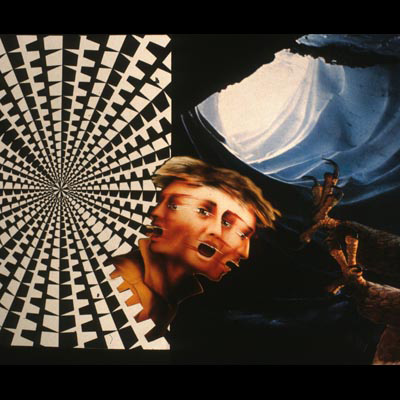
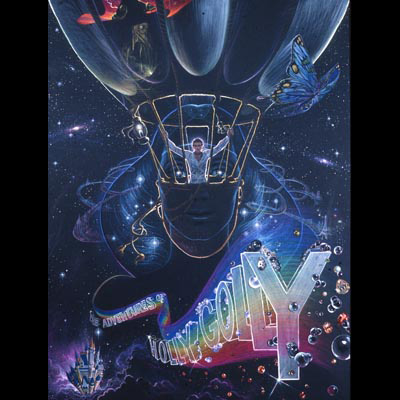
After enjoying many years of success in the entertainment filed, and achieving an international reputation as a public relations entrepreneur, producer, director, personal manager, and all around promotional whiz kid, Alan Foshko turned his back on it all at the age of 35.
"It was as if the path I had chosen no longer had any meaning," says the native New Yorker. "It was as though the atmosphere had been depleted of oxygen and if I didn't move on, I would die."
Almost overnight he divested himself of his client roster, distanced himself from his friends, and became immersed in the study of philosophy and metaphysics.
At about this time, he accepted a job offer to be Creative Adviser to the Special Projects Division at 20th Century Fox in Hollywood. He moved from a luxurious and beautifully appointed New York apartment to an empty house on a secluded beach, with a sleeping bag and no furniture. Thus began a strange lifestyle that had him dealing with mega-egos and studio intrigue by day, meditating at a Zen Buddhist monastery and studying with monks from Thailand by night.
It was during this period that Foshko's frustration at not being able to communicate his innovative ideas to the studio chiefs and the advertising department with words alone led him to use pictures to convey what he saw in his mind's eye. At first it was as simple as bringing in a patch of green to show the color he wanted, or a piece of a fence to clearly depict a knothole he wanted to use in an advertising campaign.
Soon Foshko was doing complete layouts and storyboards this way.
A year later, when he became Vice President in Charge of New Programming with a Hollywood company that specialized in children's television, he continued this practice, even though he supervised a dozen artists. His method of collaging his storyboards evolved into complete concepts of sets, costumes, and storylines. So successful were his boards that upon transferring them to video, adding music and dialogue, his efforts resulted in "The Land of the Lost" which ran successfully in ABC-TV for three years, and has just been reproduced for another two years.
At last Alan Foshko realized he had discovered his own latent creative talent. Through scissors, paper, and glue, he was at last free to explore the vast potential that was within his imagination.
Within weeks, he sold his house in Hollywood, resigned his position, and fled back east. He moved to Cook's Falls, New York (population 50), where he continued his religious studies while practicing his new-found art form. For the next 15 years, he toiled quietly at creating a series of projects for television and feature films, as well as examples of his spiritual realizations.
The complex interweaving of symbols represent perspectives and conditions of Being. They can be "read" by each viewer at his or her own level of personal experience and artistic/spiritual development.
On the simplest level, they are a method of storytelling through symbology. Others may construe it as the creation of a totally new artistic language.
Alan Foshko is a man who could have had a life of elegance and ease, comfortable in the salons of the wealthy and famous. Instead, he chose to embark on a personal quest. With totally unexpected results. He is a man who has attended his own mental processes. The energy that he has brought to the task is impressive, with nearly 4,000 pieces of artwork expressing the vibrant reality of spirit in an original language that reflects the love and wisdom that is in every human being.
The works in Collage of Alan Foshko are cast in the mold of symbols. Symbols are universally recognized objects employed to convey an esoteric meaning. Each object is regarded as a symbol of the Divine Principle behind it. The language of the Cosmos is embodied in material objects and its alphabet has to be discovered in them like an envelope containing a mystical meaning which the eye of Wisdom discerns.
Symbols represent an abiding language... they have been with us since the beginning of time and will remain with us unto eternity. Human speech is subject to change in time and place like other institutions, but these symbols represent a vast storehouse of cosmic knowledge told in an abiding language of infinite nature.
This is not a dialectic philosophy, but rather a discipline of metaphysics. Symbols are the language of metaphysics as words are of philosophy. These pictographs are visual metaphors that unlock the real significance of communication with the soul-mind and Cosmic Conscious thought.